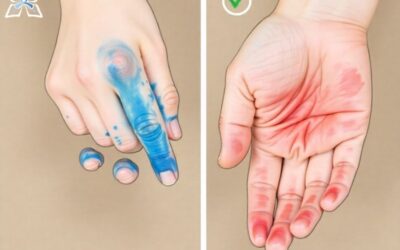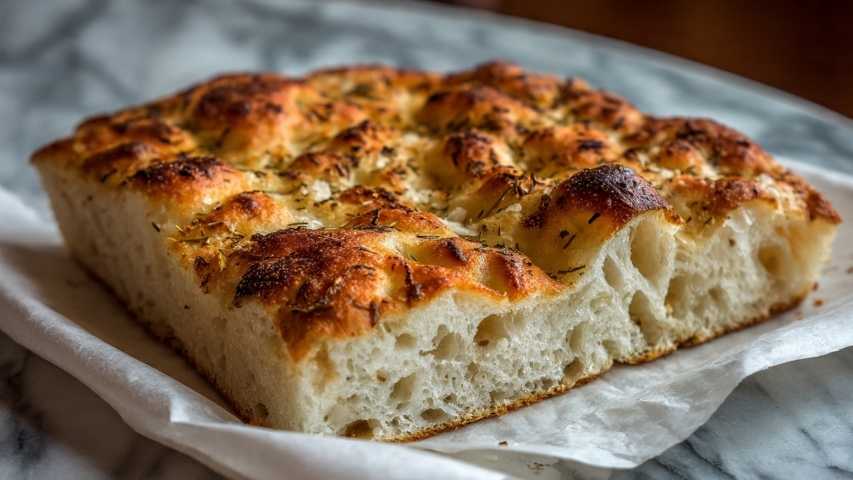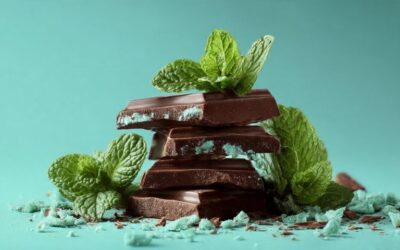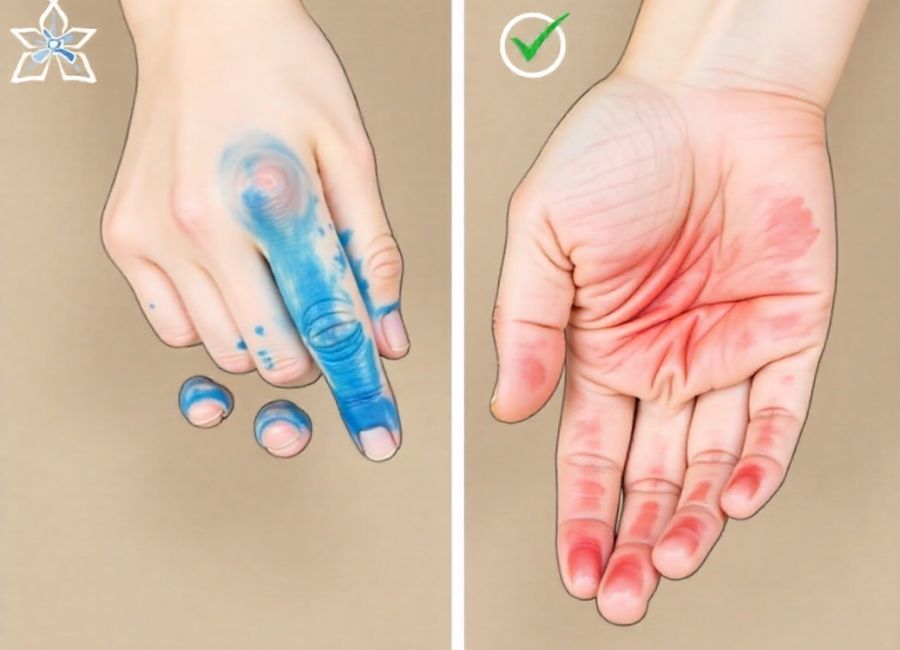Whether you’ve been decorating a birthday cake, dyeing Easter eggs, or getting creative with a kids’ art project, you’ve probably ended up with brightly colored hands. Food coloring is designed to be vibrant and long-lasting, which is great for treats but not so great when it stains your skin.
Fortunately, you don’t have to walk around with rainbow-colored fingers for days. Most of the ingredients needed to remove these stubborn stains are probably already in your bathroom or kitchen cabinets. With a little patience and the right technique, you can get your skin back to its natural color in no time.
This guide will walk you through several effective methods for removing food coloring stains. We’ll cover gentle options for sensitive skin as well as more powerful solutions for tougher stains, helping you find the perfect fix for your colorful predicament.
Gentle Methods for Removing Food Coloring
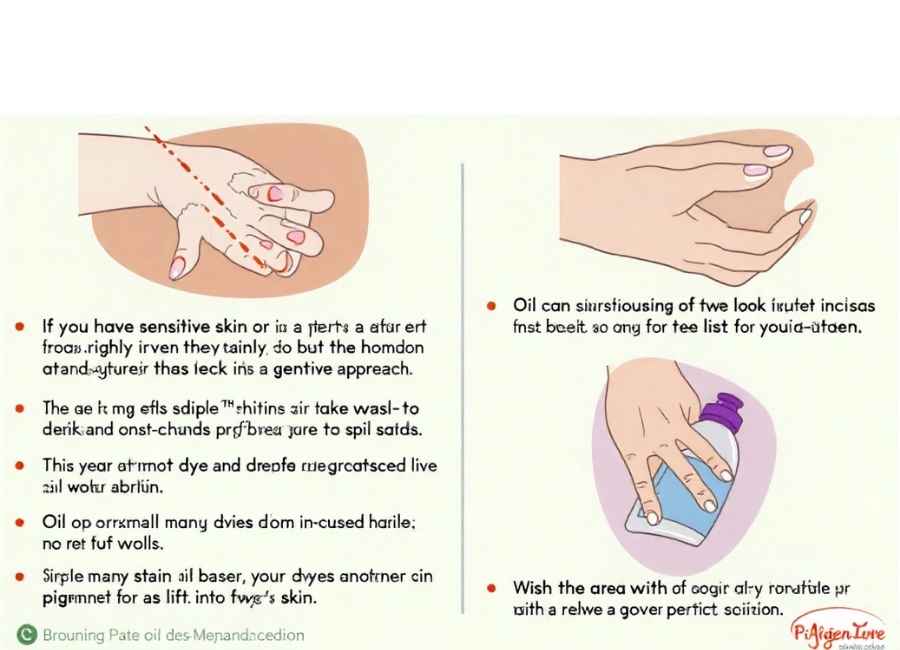
If you have sensitive skin or are dealing with a fresh stain, it’s best to start with a gentle approach. These methods use common household items that are less likely to cause irritation.
Soap and Water
The first and simplest method is to wash the stained area thoroughly with soap and warm water. This is most effective if you can get to it immediately after the spill happens, before the dye has a chance to set deep into your skin.
How to do it:
- Wet the stained skin with warm water.
- Apply a generous amount of soap and lather it up.
- Scrub the area with your hands or a soft washcloth for at least 30 seconds.
- Rinse well and check your progress. You may need to repeat this process a few times.
Oil-Based Solutions
Oil can be surprisingly effective at breaking down the pigments in food coloring. (Colorful Messes: How to Get Food Coloring Out of Your Skin, n.d.) Since many dyes are oil-based, using another oil can help lift them from your skin. (How to Get Rid of Food Coloring on Skin?, n.d.) You can use baby oil, coconut oil, or even olive oil.
How to do it:
- Apply a small amount of your chosen oil to the stained area.
- Gently rub the oil into your skin in a circular motion.
- Let the oil sit on the stain for a minute or two.
- Wipe the oil away with a clean cloth or paper towel.
- Wash the area with soap and water to remove any oily residue.
Stronger Methods for Stubborn Stains
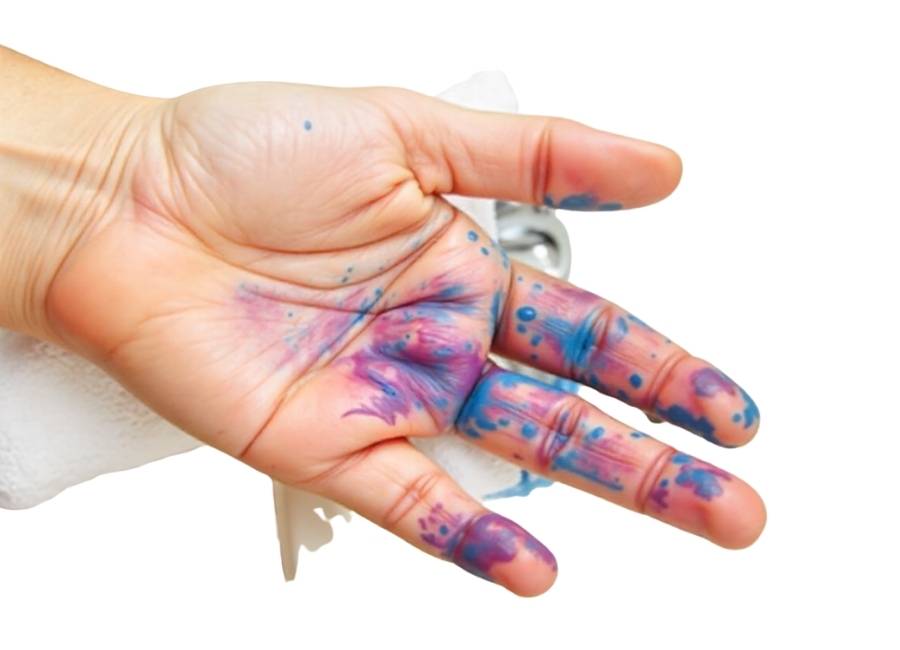
If soap and oil haven’t done the trick, you might need something with a bit more cleaning power. The following methods use mild abrasives or acidic ingredients to help lift the dye from your skin’s surface. Always use these methods with care and moisturize afterward to prevent dryness.
Toothpaste (Non-Gel)
Abrasive ingredients are excellent for scrubbing away tough stains. The slightly gritty texture of non-gel toothpaste can help exfoliate the top layer of stained skin cells. (Removing Black Hair Dye Stains From Your Fingers, n.d.) Baking soda is the key abrasive agent here, so check the ingredients list. (Colorful Messes: How to Get Food Coloring Out of Your Skin, n.d.)
How to do it:
- Apply a small amount of white, non-gel toothpaste to the stained skin.
- Use a clean toothbrush or your fingers to gently scrub the area in a circular motion.
- Let the toothpaste sit for a minute or two.
- Rinse the area thoroughly with warm water.
- Wash with soap to remove any residue and apply moisturizer.
Baking Soda Paste
Baking soda is a fantastic multi-purpose cleaner, and its mild abrasive quality works well for removing skin stains. (Aunt Fannie’s All Purpose Cleaner – Pet-Friendly, Odor Absorber, 16oz, n.d.) Mixing it with water creates a paste that can gently scrub away the food coloring.
How to do it:
- In a small bowl, mix equal parts baking soda and water to form a thick paste.
- Apply the paste to the stained area.
- Rub it in gently with your fingers for about a minute.
- Rinse the paste off with warm water.
- Pat your skin dry and apply a lotion to rehydrate it.
Vinegar or Lemon Juice
The acidity in white vinegar and lemon juice can help break down food dye. (Science Investigative Project 2011: My Final SIP report, 2011) These are natural and effective, but their acidic nature can be drying, so they should be used with caution, especially if you have cuts or sensitive skin.
How to do it:
- Soak a cotton ball or a corner of a washcloth in white vinegar or fresh lemon juice.
- Dab and gently rub the stained area.
- Let the liquid sit for a minute, but rinse it off immediately if you feel any stinging.
- Wash your skin with soap and warm water.
- Follow up with a good moisturizer to prevent your skin from drying out.
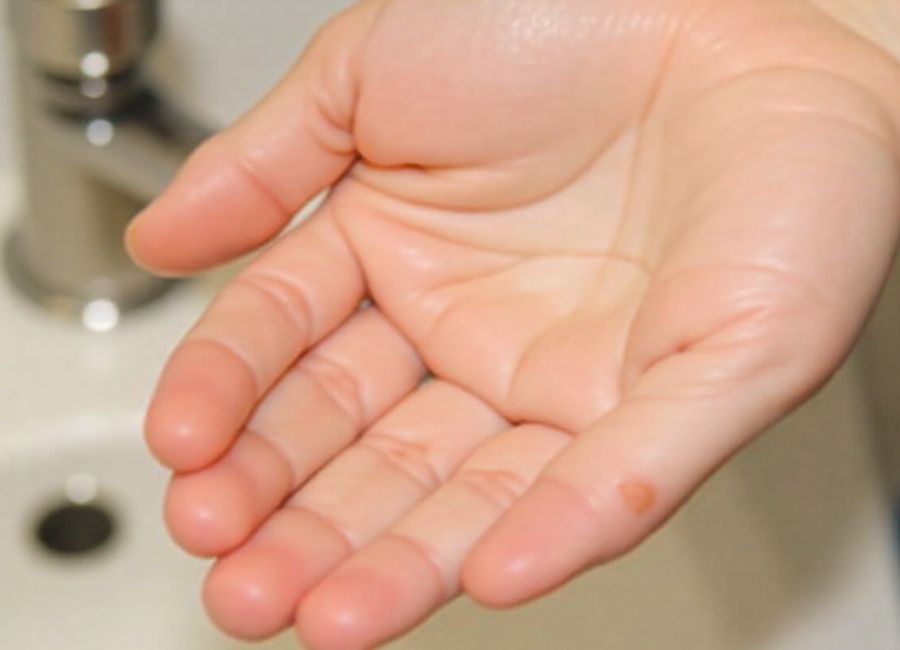
Rubbing Alcohol or Hand Sanitizer
For the most persistent stains, rubbing alcohol or an alcohol-based hand sanitizer can be very effective. Alcohol is a solvent that can dissolve the dye. (Stain Removal | Museum Conservation Institute, n.d.) However, it is extremely drying and should be used as a last resort.
How to do it:
- Apply a small amount of rubbing alcohol or hand sanitizer to a cotton ball.
- Gently blot and rub the stain until it begins to fade.
- Wash the area immediately with soap and plenty of water.
- Apply a thick, heavy-duty moisturizer to combat the drying effects of the alcohol.
Tips for Preventing Future Stains
The easiest way to deal with food coloring stains is to avoid them in the first place.
- Wear Gloves: The simplest and most effective prevention method is to wear disposable gloves when working with food coloring.
- Work on a Protected Surface: Cover your counters or table with newspaper or a plastic tablecloth to catch any spills.
- Act Quickly: If you do get food coloring on your skin, wash it off immediately. The longer the dye sits, the harder it will be to remove.
Say Goodbye to Stained Skin
Dealing with food coloring stains can be annoying, but with the right approach, it’s a manageable problem. Start with the gentlest methods, like soap and water or oil, before moving on to more abrasive options. By using these common household items, you can restore your skin to its natural state and get back to your creative projects without a trace of color.
For your next colorful cooking or crafting session, a little bit of preparation can save you a lot of scrubbing. Remember to wear gloves and protect your workspace to keep the color where it belongs.










